In April, we visited the revolutionary base of Vuon Cau Do. Talking to us, Mr. Bui Van Lam (born in 1975, residing in Thanh Xuan ward, District 12) kindly took us to the Vuon Cau Do memorial area. This is an important historical site located in Thanh Xuan ward, marking and honoring the great contributions and sacrifices of our army and people in the two resistance wars against the French and the Americans.
Mr. Lam happily said: "The war has been over for 50 years. From the outskirts of Hoc Mon, this place has now become a spacious, modern urban area with many major roads connecting to neighboring areas such as Go Vap district, Hoc Mon district (Ho Chi Minh City) and Thuan An city ( Binh Duong ). It is developing comprehensively in all aspects, and the material and spiritual life of the people has been improved."
Red Areca Garden - a place that witnessed the strength of our army and people.
During the resistance war against French colonialism and the resistance war against American imperialism, the land of Vuon Cau Do became a revolutionary base, once a fierce battlefield, the enemy's grave. Vuon Cau Do is surrounded by the communes of Nhi Binh, Quoi Xuan, Thanh Loc, Tan Thoi Hiep and Dong Thanh. This is a place with many areca gardens with lush fruit trees, formerly a swampy land, with canals as crisscrossed as spider webs, immense weeds, snakes, mosquitoes, leeches, scorpions... endlessly.
According to veteran revolutionaries who used to work in this area, during the war, areca trees grew in clumps here, so it was called the areca garden. The red color of the place name "Red Areca Garden" is not simply the color of the areca trees discolored by the fierce destruction of the war, but also symbolizes the blood sacrifices of generations of officers, soldiers, and people who fell on this land.
The location of the Red Areca Garden is adjacent to and surrounded by the military agencies occupied by the enemy. It is likened to a bag containing all the connections from the outside, and is a base connecting the forest with the city. Losing the Red Areca Garden means losing contact with the city. Therefore, the Red Areca Garden becomes a springboard between the city and the base. This place has favorable terrain in terms of concealment, maintaining the element of secrecy to deploy combat formations.
For us, Red Areca Garden holds an irreplaceable transit position in the northwest direction of Saigon. From an initially rudimentary "security belt", Red Areca Garden later developed into a "concave base", a revolutionary secret area, a place to stand and hide revolutionary forces. The base consists of many different "concave" spread over a large area, and is the starting point for resistance forces to attack Saigon during the resistance war against America.
Since March 1945, our entire nation has been enthusiastically preparing for a General Uprising. The Red Areca Garden has become a gathering place for the masses to practice martial arts every night to prepare for an uprising to seize power and drive out the invaders. The August Revolution had not been successful for long, on September 23, 1945, the French opened fire on the headquarters of the revolutionary government in Saigon. After 3 months, the Gia Dinh Provincial Party Committee decided to withdraw its forces to the suburbs to preserve its strength to continue fighting.
On December 25, 1945, at the Red Areca Garden, comrade Pham Van Khung, Secretary of the Gia Dinh Provincial Party Committee chaired a conference of key cadres. The conference decided to choose 3 communes: An Phu Dong, Thanh Loc, Quoi Xuan to establish a resistance base with the scale of a war zone because this place is not far from the center of Saigon, the area is small but very convenient for resistance, can stay for a long time...
From then on, the Red Areca Garden was chosen as one of the places to gather our officers and soldiers. Here, our army established a "Worker Reception Station" of the Southern General Confederation of Labor to receive technical workers from Saigon. On that basis, the Command of the war zone established an arms factory to produce weapons and equipment for the revolutionary forces.
To implement the strategy of "quick strike, quick victory", the French colonialists organized many fierce raids on the Red Areca Garden, aiming to destroy the resistance headquarters of Saigon - Gia Dinh. On the full moon day of July 1946, the French sent Moroccan and Cambodian soldiers and Vietnamese traitors to surround and suddenly attack the Red Areca Garden. Due to the surprise attack, our forces did not have time to fight back. The French soldiers brutally suppressed and killed many people.
Since late 1946, the French colonialists had established a dense system of bunkers and watchtowers around and along the roads leading to the An Phu Dong war zone, and had conducted many sweeps and fierce bombardments. However, our army and people remained steadfast in their hold. The revolutionary forces had organized many battles against sweeps, eliminated evil, and continued to develop the "Popular Education" movement.
Thanks to the strong will and the support of the people, the resistance zone still stood firm, contributing to defeating the strategy of "fighting fast, winning fast", which caused the French colonialists to face many difficulties and losses. In January 1950, during the funeral movement of Tran Van On, the Red Areca Garden became a transit station for students entering the resistance zone.
Under the US-Diem regime, Vuon Cau Do was listed as a "white zone" that was free to bomb. They continuously organized sweeping operations to find and kill our cadres. The Go Mon District Party Committee still raised its determination to continue to fight. Vuon Cau Do was chosen to build a "concave" resistance base of Thanh Loc commune at that time. Here, we built a complex base area as a shelter for many units of the Battalion and Regiment level.
In preparation for the 1968 Tet Offensive and Uprising, the army forces hid in the Red Areca Garden, and the local people provided about 2 tons of rice, more than 250 loaves of bread, hundreds of banh tet... On March 10, 1968, the local army forces led by comrade Sau Theo stationed along the riverbank to ambush two companies of puppet soldiers preparing to sweep the Red Areca Garden...
During the period 1969 - 1973, the Nixon administration advocated implementing a new strategy of "Vietnamization of the war". They stepped up their sweeps, especially in our base areas. Our army and people stationed at Vuon Cau Do fiercely fought back against many of their large and small sweeps. In 1971, our troops here destroyed the puppet army's 11th parachute battalion. In 1973, a guerrilla squad coordinated with the Gia Dinh regiment to intercept a parachute unit and capture some spoils of war.
During the historic Ho Chi Minh campaign, Vuon Cau Do was the hiding place for units such as E115, Gia Dinh Regiment, Go Mon Army... preparing to attack Saigon, liberate the South and unify the country. Although the enemy used artillery and bombers many times to sweep and fiercely attack to destroy Vuon Cau Do, the officers, soldiers and people of Thanh Loc - Thanh Xuan bravely sacrificed, overcame hardships to protect the base to the end.
From a revolutionary land, mainly agricultural, with difficult life, up to now there has been strong development, people's lives have been improved. Ms. Nguyen Thi Nhat Hong, Vice Chairman of Thanh Xuan Ward People's Committee, said: In the first quarter of 2025, the total number of enterprises operating in business and actual production in the area was 1,495 units, including branches and representative offices. Notably, the agricultural production situation in the area is relatively stable, developing in the direction of urban agriculture, applying high technology, biotechnology, many types of ornamental plants are continued to be maintained by farmers such as: Bonsai, grafted apricot, orchid, grafted porcelain, ground flowers...
Thanh Xuan Ward People's Committee has done a good job of gratitude, every year on holidays and Tet, it regularly organizes visits and gives gifts to policy families; and implements preferential subsidy policies for war invalids and seriously ill soldiers according to Resolution 126 in a timely and correct manner.
Source: https://cand.com.vn/doi-song/ky-uc-hao-hung-ve-vung-can-cu-cach-mang-vuon-cau-do-i765497/


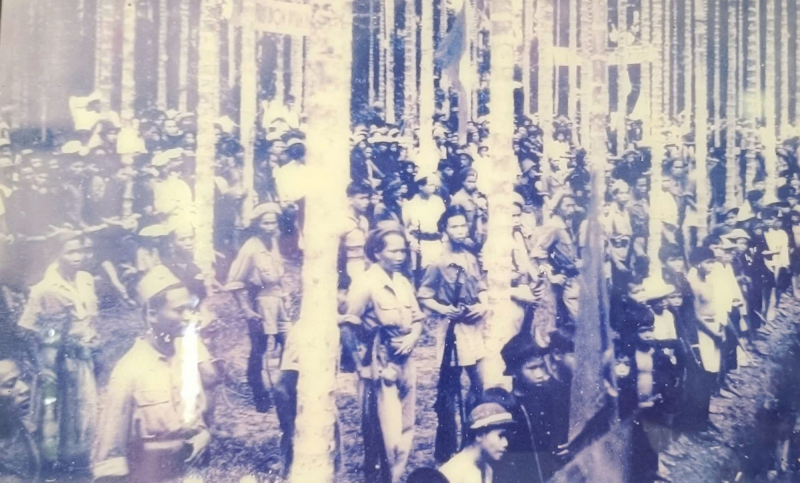

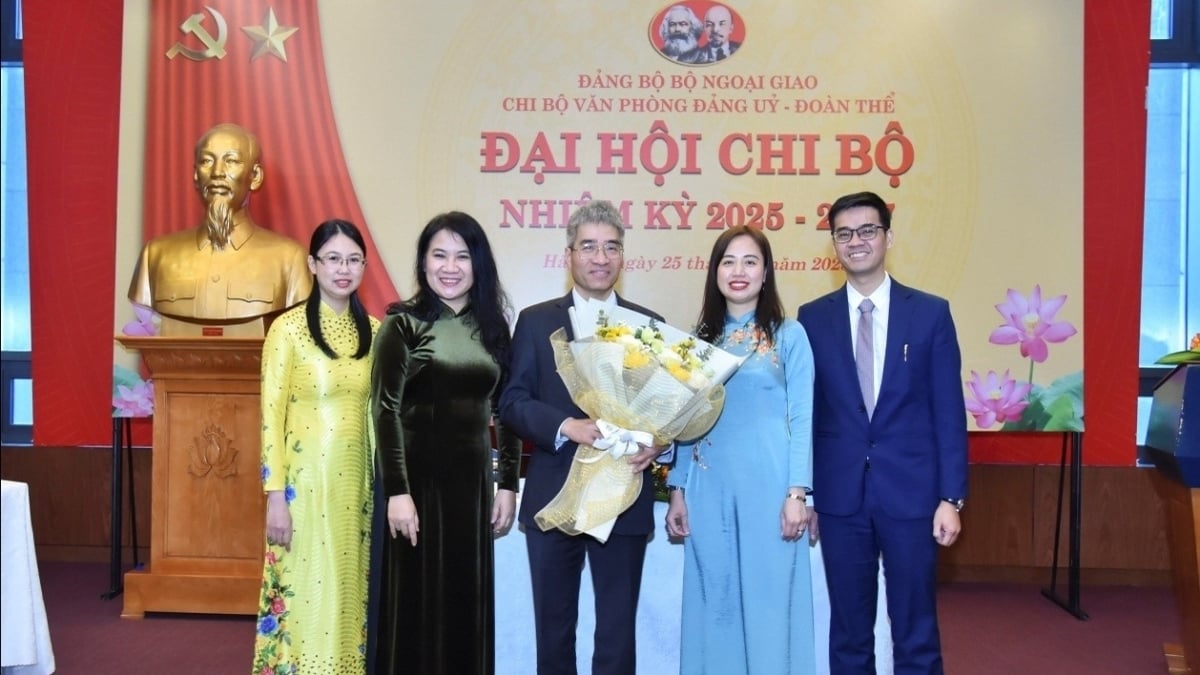

![[Infographic] Phong Nha-Ke Bang National Park and Hin Nam No National Park - The first transboundary world heritage of Vietnam and Laos](https://vphoto.vietnam.vn/thumb/1200x675/vietnam/resource/IMAGE/2025/7/14/e6edaedb8e7345e484b074affac0739b)


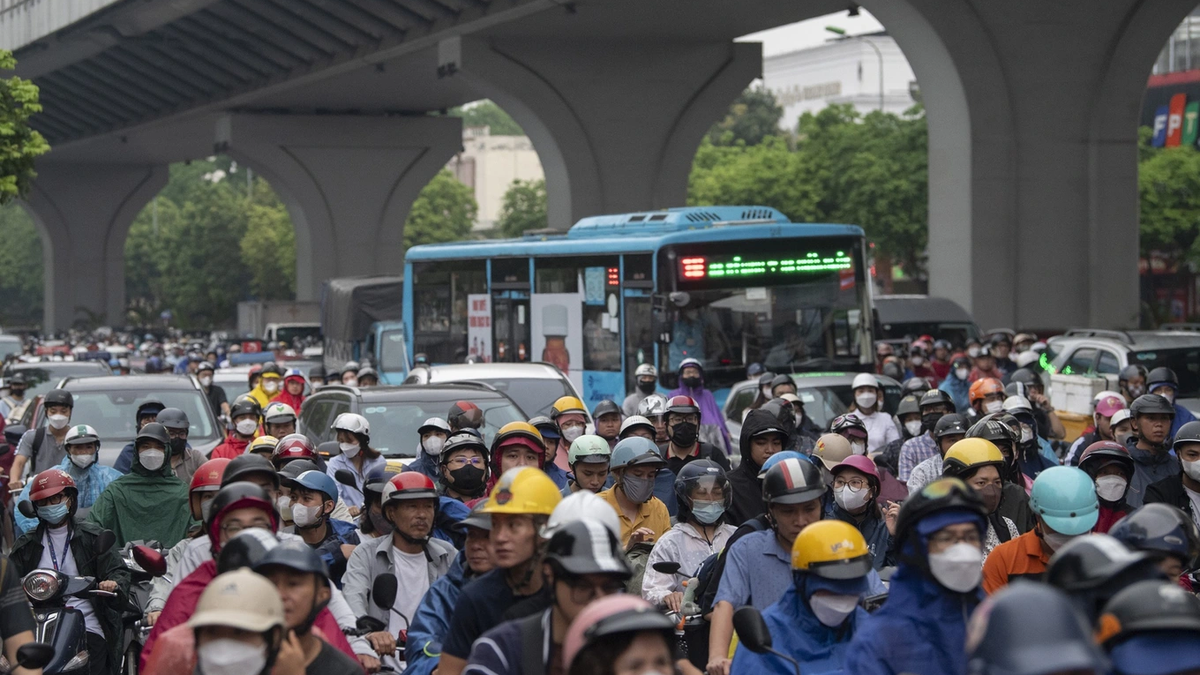
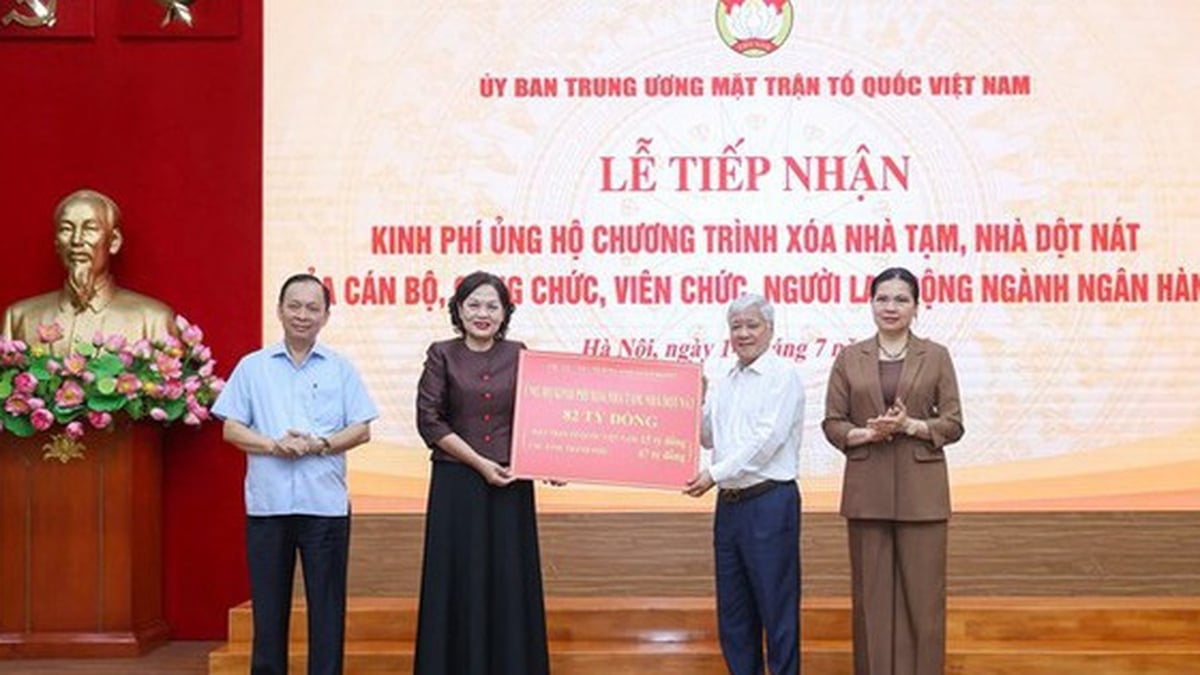













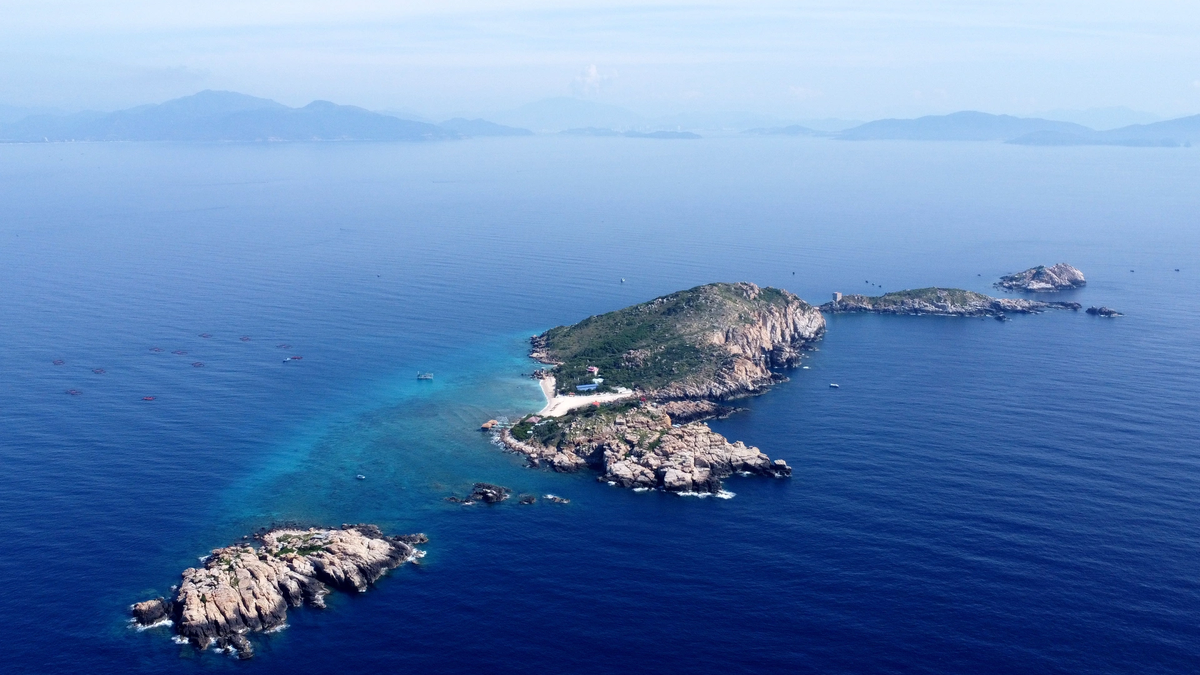


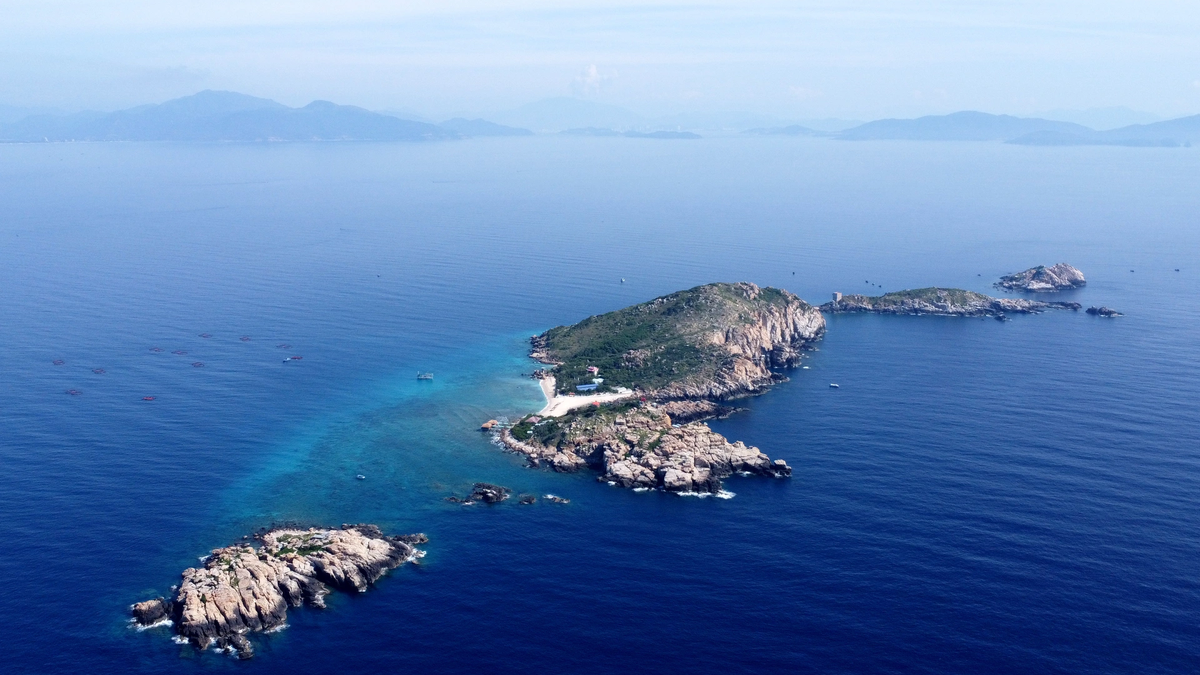
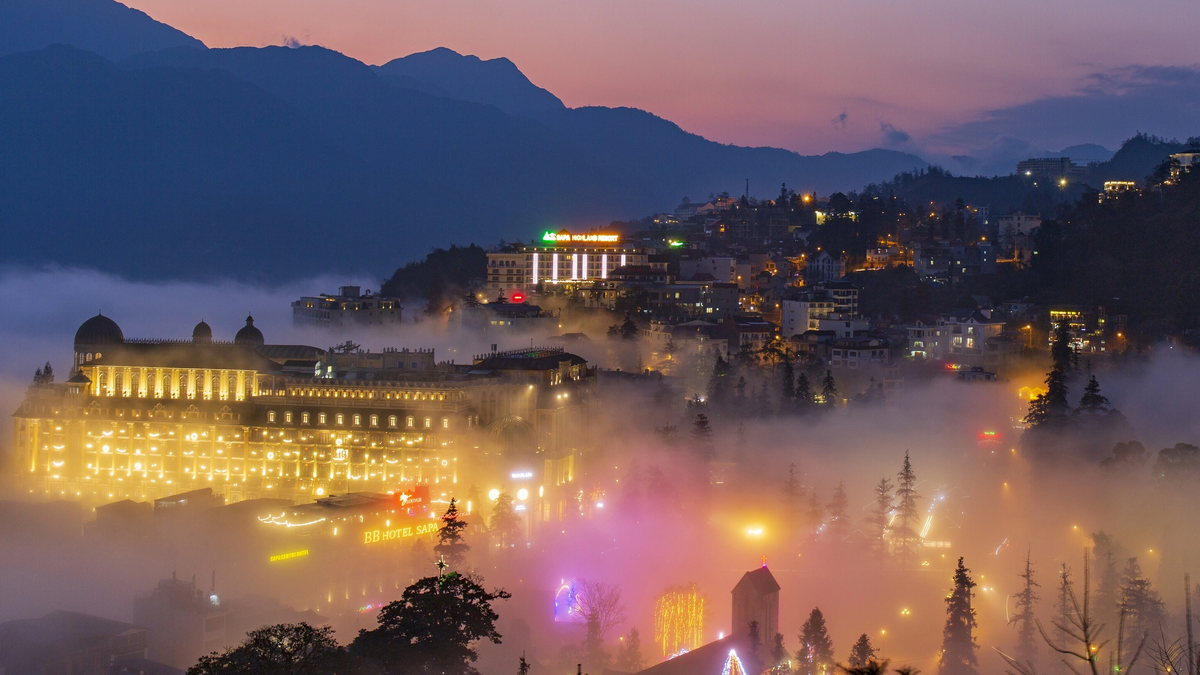
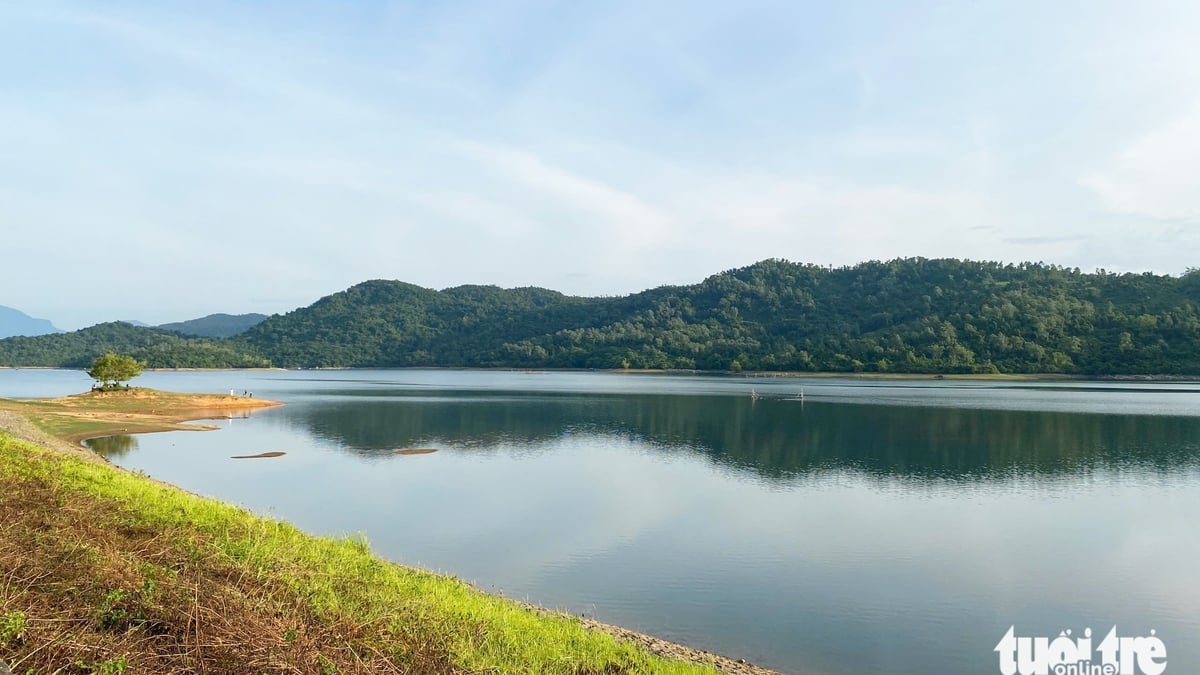

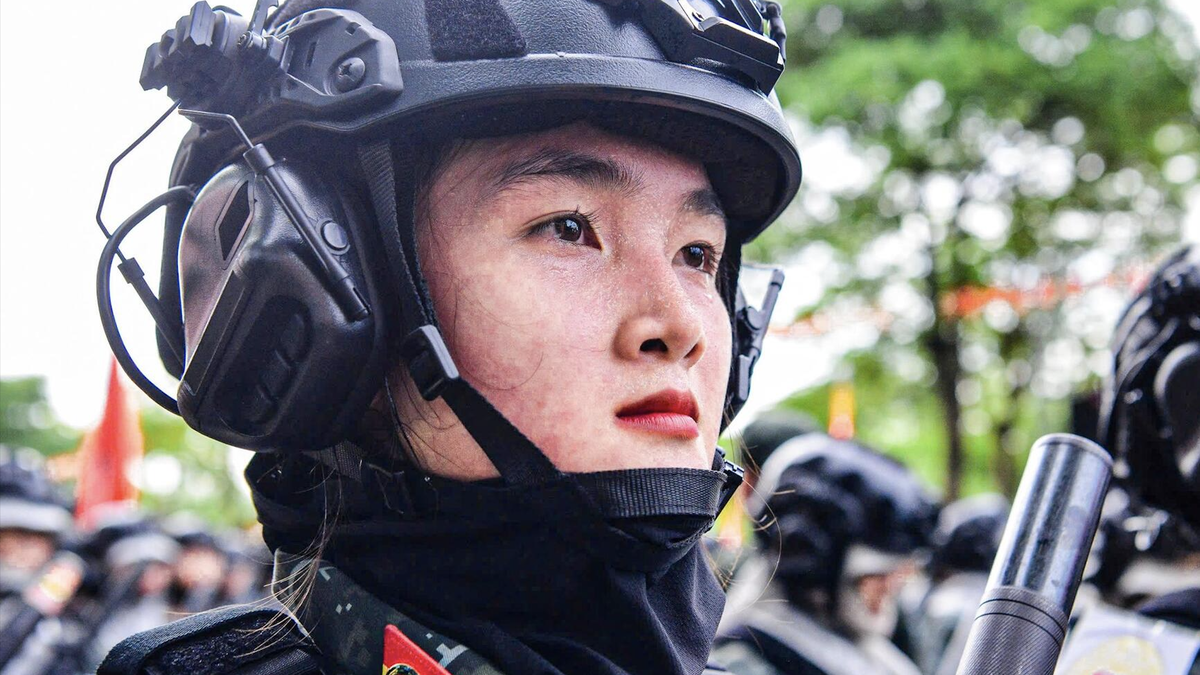



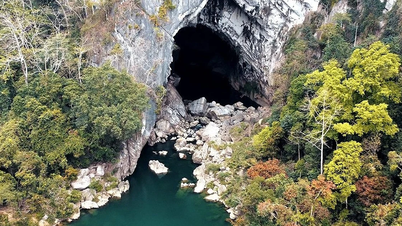



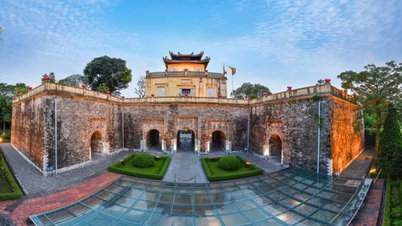











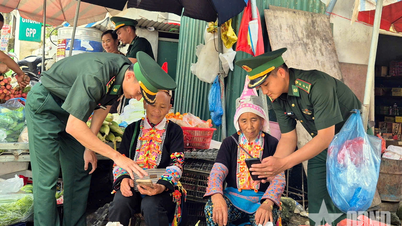













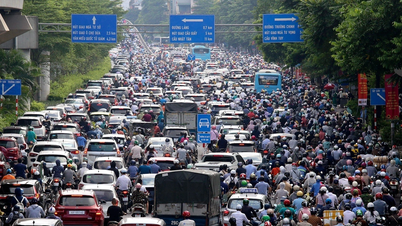
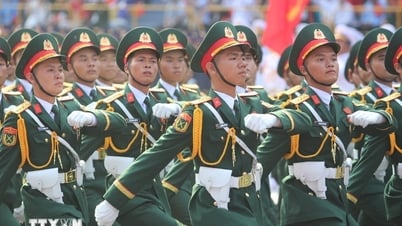

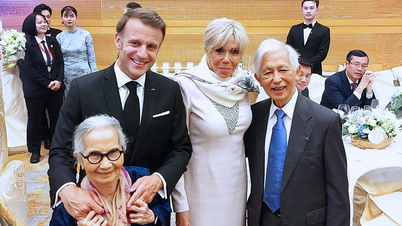


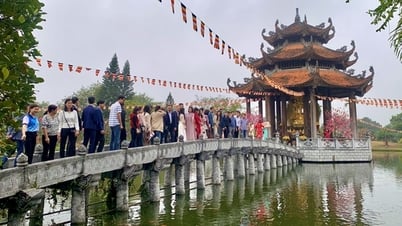
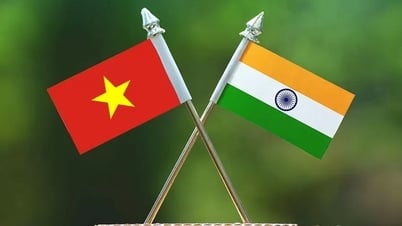

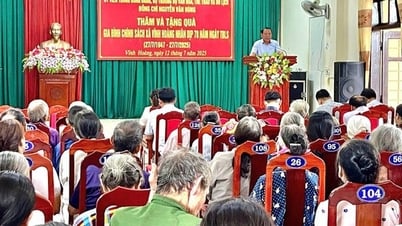
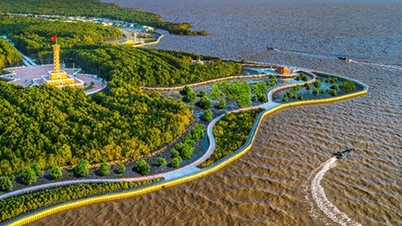
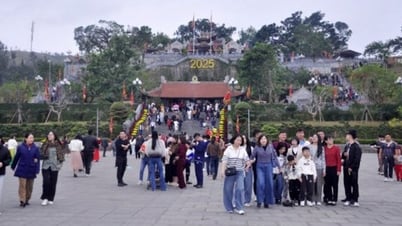













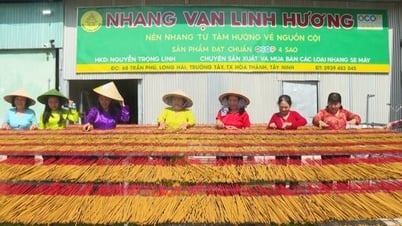






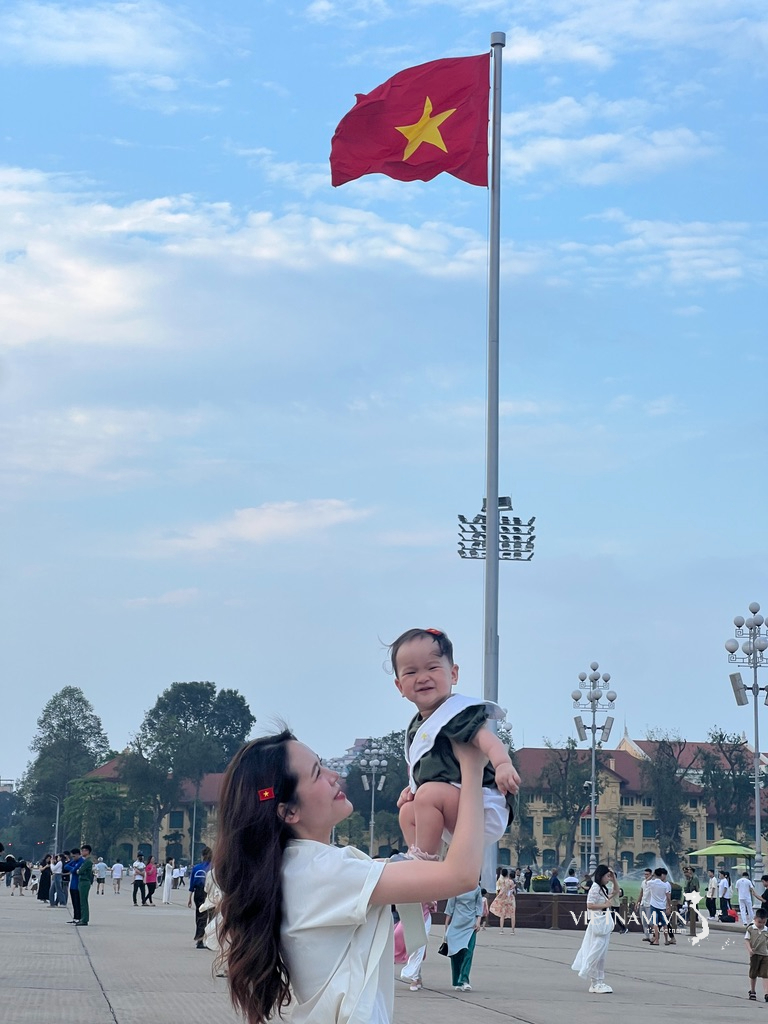
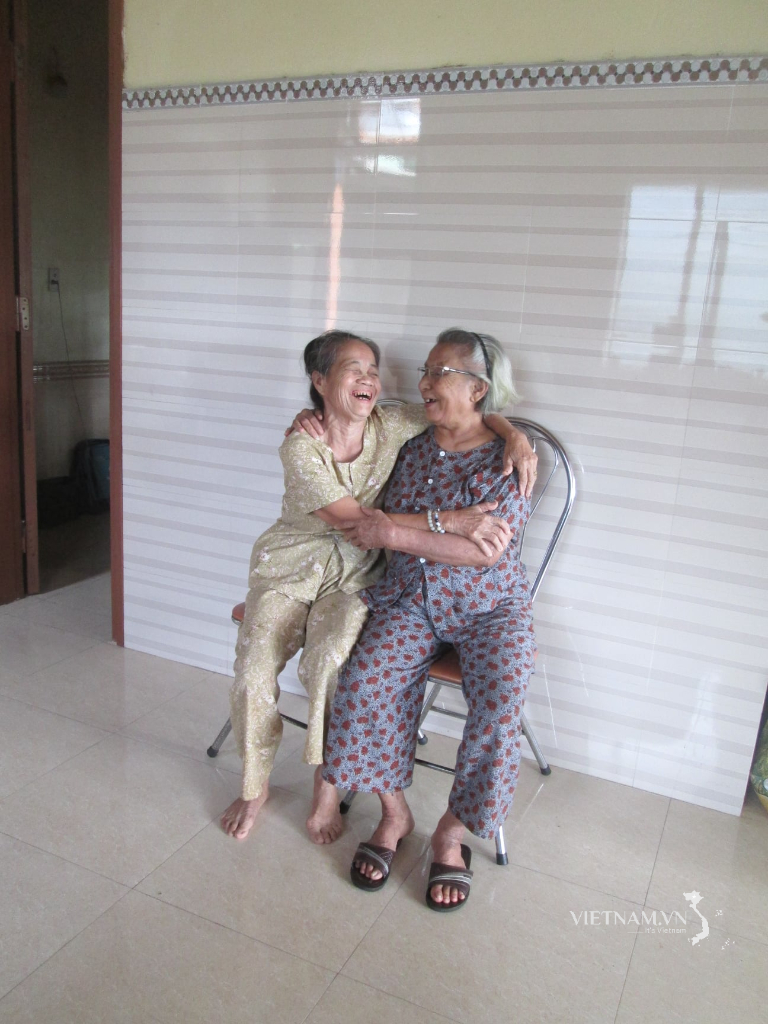


Comment (0)